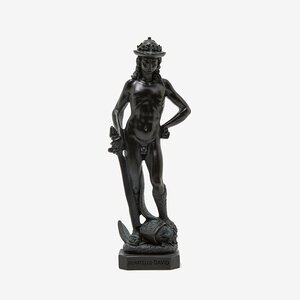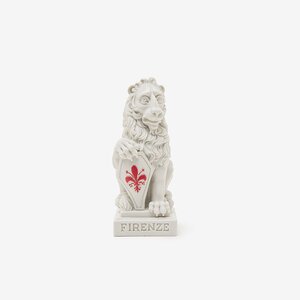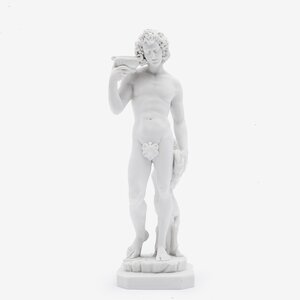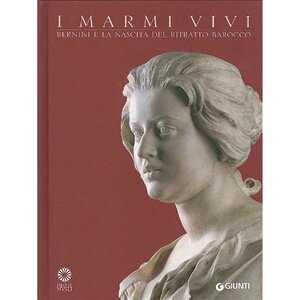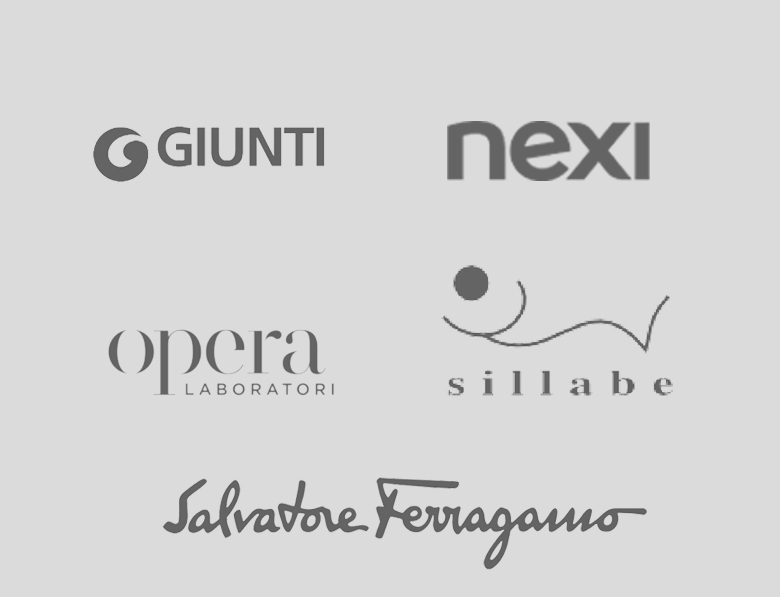
MUSEO NAZIONALE DEL BARGELLO
Dedicated to Medieval and Renaissance art, the Museo Nazionale del Bargello is located in Florence’s historic Palazzo della Podestà. It was established by royal decree on 22 June 1865 – Italy’s first national museum. From the moment of its foundation, the Bargello’s collection brought together some of the most important works of Renaissance sculpture: masterpieces by Donatello, Luca della Robbia, Andrea del Verrocchio, Michelangelo Buonarroti Buonarroti and Benvenuto Cellini, drawn largely from the Medici-Granduca collection. Subsequently, the museum’s holdings were enriched with superb examples of bronzes, ceramics, waxes, enamels, medals, ivories, tapestries, seals and textiles, some from the Medici collections and others from suppressed convents or private collectors.
The Museum occupies three floors of the building: on the ground floor, there is the courtyard and the Michelangelo Room with sculptures by Buonarroti, Cellini, Giambologna and Ammannati.
On the first floor, the imposing Hall of Donatello with the most famous works of the Florentine artist, including David, Attis, San Giorgio, Marzocco; majolica sculptures by Luca della Robbia, bronze tiles by Ghiberti and Brunelleschi, collections of Islamic art, the 1888 Carrand donation of more than 2,500 artworks, the chapel, featuring the oldest effigy of Dante Alighieri, the Ivories Hall, the 14th Century Hall, Italian Pottery Hall.
On the top floor, the collections of masterpieces by Andrea and Giovanni della Robbia, the Bronze Hall, the Hall of Verrocchio, the Medals Hall, the Arms and Armors Hall, where the surviving pieces of the dispersed Medici armory are exhibited.
The Museum includes other related Florentine museum institutes, such as the Museo delle Cappelle Medicee, Davanzati Palace (also known as Museum of the Historic Florentine House), Orsanmichele Museum, Museum of Casa Martelli.
PALAZZO DAVANZATI
Via Porta Rossa, 13
The Palazzo Davanzati, also known as the Museum of the Historic Florentine House, was inaugurated as a state museum in 1956. Originally home to the Davizzi, a wealthy family of merchants and bankers, this fourteenth-century palazzo and its impressive façade look out over the adjacent piazza, once populated by medieval tower-houses (case-torri). Constructed in the mid 1300s, Palazzo Davanzati is in fact an amalgamation of these tower-houses and other properties belonging to the Davizzi, though it takes its name from another family, the Davanzati, who purchased the building in the late sixteenth century and who inhabited the palace until 1838. In 1904, Palazzo Davanzati was purchased by the antiquarian Elia Volpi, who inaugurated it as the Museum of the Historic Florentine House in 1910. Deeming the building a stunning example of the Florentine taste then much sought after by Italians and foreigners alike, Volpi furnished the house with a mixture of antiques that corresponded to his vision of a noble medieval residence. Nowadays, the Palace houses a diverse collection of sculptures, paintings, furniture, ceramics, lace, and historic objects of daily use.
The vast entrance loggia leads into a picturesque courtyard that provides access to the upper floors. On each floor, the layout of the rooms is identical: the Sala Madornale, which traces the length of the façade; the drawing room; the study; and the bedroom. Some rooms feature open-beam ceilings and walls painted with faux-tapestry ornamentation, views of gardens, and scenes from literature. These richly adorned interiors, as well as certain details, like the agiamenti (toilets or washrooms) present on all floors, and the third-floor kitchen, illustrate the comforts enjoyed by the noble families who lived in this magnificent and unique example of medieval house in Florence.
ORSANMICHELE
Via dell’Arte della Lana
Located halfway between the Palazzo della Signoria and the cathedral of Santa Maria del Fiore, Orsanmichele is a unique and extraordinary monument in which the civic and the religious come together as one. The art historian Antonio Paolucci dubbed it a “Temple of Work” for its symbolic representation of the Florentine guilds, responsible not only for Orsanmichele’s construction but also for the prosperity of the Republic of Florence in the thirteenth century. Piero Bargellini, a mayor of the city of Florence described it as “the place where the Grain of the Commune (municipality) was stored; the Grain of the people and of the poor, which the Commune’s prudent regulations sought to defend against speculation of rations, at all times, but particularly in years of famine.”
In the mid-fourteenth century, the granary was consecrated as a Christian church.
On the museum’s first floor, sculptures commissioned from the most famous fifteenth- and sixteenth-century Florentine artists are preserved, that originally adorned the niches outside, on the four sides of the imposing strong stone building. On the museum’s second floor, the highest point of the structure, visitors can enjoy a unique and unparalleled panorama of Florence. The impressive marble tabernacle of the Madonna delle Grazie is conserved in the church’s interior, where Holy Mass is regularly celebrated.
PALAZZO MARTELLI
Via Ferdinando Zannetti, 8
Palazzo Martelli is home to the Museo di Casa Martelli, a house-museum, not the result of a posthumous reconstruction, but instead derived from the secular stratification of the life of one of the oldest Florentine families. Casa Martelli was transformed starting from 1738 into the building we see now by the architect Bernardino Ciurini, the painters Vincenzo Meucci, Bernardo Minozzi and Niccolò Contestabile, with the plasterer Giovan Martino Portogalli, on behalf of Niccolò and Giuseppe Maria Martelli, Archbishop of Florence from 1721.
Belonging for centuries to the noble and ancient Martelli family, at first the building passed into the property of the Florentine Curia, to which Francesca Martelli had left it on her death in 1986, and subsequently became the property of the Italian state.
The exhibition path crosses the ground-floor landscape rooms’, whose walls and ceilings are painted with trompe-l’œil scenes, the yellow and red halls, the chapel, the ballroom, and the picture gallery where, in addition to sculptures, tapestries and furnishings from the eighteenth-nineteenth century, there are also masterpieces such as the Adoration of the Child by Piero Cosimo, the two wedding panels by Domenico Beccafumi, and the magnificent canvases by Luca Giordano and Salvator Rosa.
Relataded Products
-
DONATELLO’S DAVID
From: €30,00 -
MARZOCCO – LION OF FLORENCE
From: €16,00 -
BACCHUS BY MICHELANGELO
€50,00

